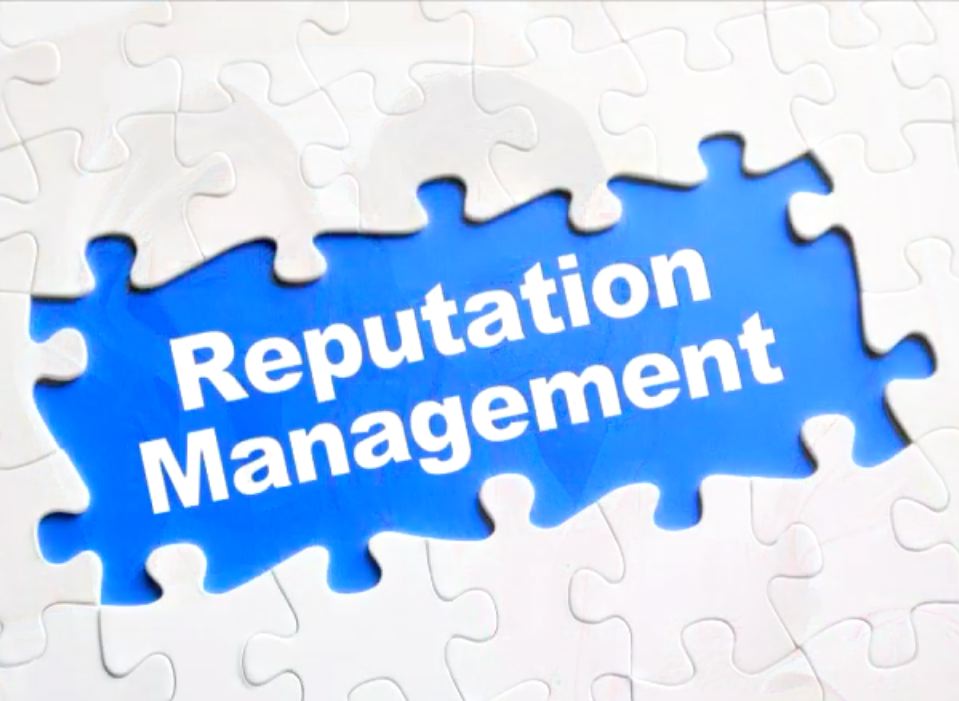The Human Rights Campaign’s push for marriage equality follows the PR-savvy methods of similar campaigns, like the It Gets Better project. Boldfaced names from politics, sports, and entertainment star in video testimonials to express support for the right to marry, regardless of gender. The latest videos feature Anna Wintour, the Reverend Al Sharpton, and Lloyd Blankfein.
That’s right, Lloyd Blankfein, Goldman Sachs CEO and Chairman, has publicly embraced a hot-button social issue that, on the surface, has little to do with Goldman’s business. He is, in fact, the first national corporate spokesperson for marriage equality.
It’s an unusual position, particularly for a financial executive. For every Howard Schultz, there are probably a thousand public-company CEOs who shun controversy at all costs. Particularly in today’s polarized political climate, keeping your head down is good risk management.
Or is it? Many have speculated that Blankfein’s position is a PR strategy. But what’s the goal? To humanize the great and terrible “vampire squid wrapped around the face of humanity”? Maybe he was advised to embrace marriage equality because it’s a safe bet, being practically a fait accompli. Or, as Matt Taibbi, the guy who birthed the “vampire squid” meme, writes, perhaps it’s Goldman’s plan to seduce liberals by embracing a socially progressive cause that is risk-free and “utterly inexpensive.” Could it also be the equivalent of Newt Gingrich’s moon colony — a clever distraction from darker and more complicated issues?
All are possible, of course. But if it’s a PR ploy, it’s an odd choice of issue. And according to news reports, Blankfein is a longtime supporter of gay rights who agreed to the HRC gig after being approached by a Goldman employee who’s engaged in the issue.
I’m as cynical as the next person, but, to me, the whole thing has the earmarks of personal conviction. Not because Blankfein is a good guy or a social progressive (though he may or may not be either), but because he’s a shrewd judge of talent and also serves as Goldman’s Recruiter-in-Chief. Blankfein is a businessman above all, and what he and his company value over all things is the storied, performance-driven Goldman culture. So, for my money, it’s not really a PR play, but a move that coincides with Goldman’s own interests, and that probably has the additional benefit of being authentic. Imagine that.
Maybe, just maybe, Blankfein wants to send a message that performance is sex-blind, and that non-discrimination is simply good business.






